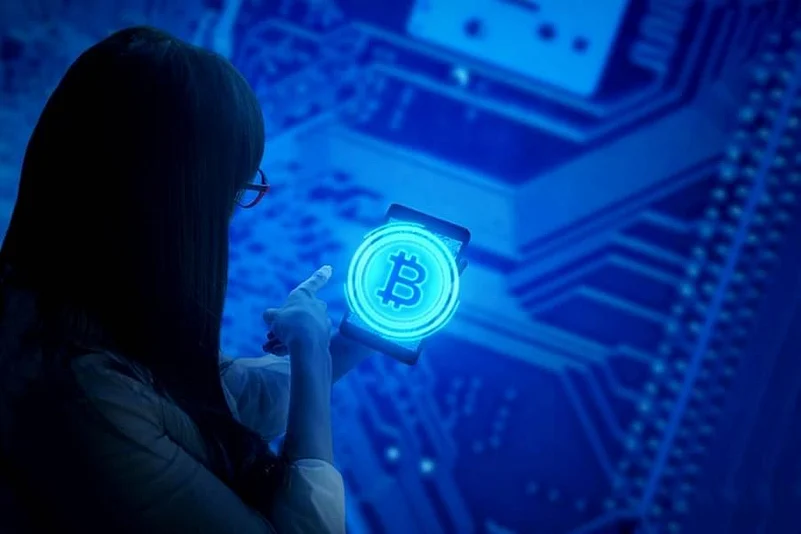Picture walking into a marketplace where your exchange is under constant observation—not only by the merchant, but also by a person who can alter the rules of the line at the last moment. You offer reasonably, you play by the rules, but somehow your position gets shuffled around, your price increases, or worse—someone else benefits from your action before it even occurs. This, in plain language, is the secret truth of Miner Extractable Value (MEV) on blockchains.
While blockchains guarantee decentralization, transparency, and fairness, MEV uncovers a level of sophistication that most users are not aware of. It's an unseen force that impacts traders, developers, and ordinary users—without them even knowing.
Understanding MEV: What Is It, Really?
MEV stands for Miner Extractable Value, although in newer contexts, it's also simply called Maximal Extractable Value to indicate broader participants than only miners (such as validators within proof-of-stake networks). Essentially, MEV is the profit a validator or miner is able to extract by reordering, adding, or removing transactions within a block they mine.
In blockchains such as Ethereum, where transactions aren't immediately confirmed but rather wait in a "mempool" (a public waiting room), miners have the ability to decide how to organize the next block. This provides them with tremendous power. Rather than adding transactions in the order they are received, they can reorder them in ways that create the most value for themselves—sometimes to the detriment of regular users.
How MEV Affects You
You may believe MEV only impacts sophisticated traders or DeFi protocols, but its reach is broad. If you're exchanging tokens on a decentralized exchange (DEX), creating NFTs, or engaging in typical transactions, MEV will quietly take a bite out of your profit or increase your expense.
Here is an example. You place an order on a DEX to purchase a token at a given price. A miner could notice this, front-run it by putting their own trade ahead of yours, purchase the token at a lower price, and then resell it to you at a higher price—all in the same block. You still have your trade executed, but poorer, and the miner makes off with the difference. This is but one of several tricks in the MEV playbook.
The Hidden Price: Why They Call It an Invisible Tax
The phrase "invisible tax" is no figure of speech. MEV never extracts money through direct fees or gas; it quietly re-shifts value instead. The earnings generated by MEV usually are derived from slippage in trades, failed arbitrage chances, or stale transactions—all losses for another individual.
What makes things worse is that the vast majority of users don't even realize it's occurring. There is no alert or receipt. You simply see your transaction cost a little more or return a little less than you thought it would. Scale that across millions of users and hundreds of millions of transactions, and the amount drained via MEV becomes staggering.
Is MEV All Bad? A Grey Area
It's worth noting that MEV is not necessarily evil. In fact, certain types of MEV are necessary to keep decentralized finance operating efficiently. For example, arbitrage—buying low on one platform and selling high on another—can actually serve to keep prices in sync across platforms.
But the issue is when MEV is applied in predatory forms, like front-running, sandwich attacks, or time-bandit attacks, where miners reorder previous blocks to reap value. These methods destroy trust, create unfair dvantages, and destabilize protocols if not controlled.
What's Being Done to Fix It
As MEV becomes more well known, so too do attempts to counteract its ill effects. Blockchain developers and researchers are experimenting with solutions such as MEV auctions, private mempools, and protocol-level modifications in order to diminish the scope for exploitative value extraction.
Ethereum's transition to proof-of-stake and features such as proposer-builder separation (PBS) are designed to share block-building work in such a manner that MEV becomes less damaging. Yet, it is still a rapidly changing field, and optimal solutions are yet to come—for the time being.
Conclusion: Awareness Is Your First Defense
MEV might not show up in your wallet or your breakdown of your gas fee, but it's there—latent in the inner workings of the blockchain itself. It works quietly, quietly efficiently, and sometimes unjustly. Although not all users can escape MEV, acknowledging that it exists is the first step towards developing safer, more equitable blockchain systems.
As the sector ages, the need for transparency and consumer protection will only intensify. Until such time, awareness is the greatest protection. For in the era of decentralized tech, what you don't know can cost you.














